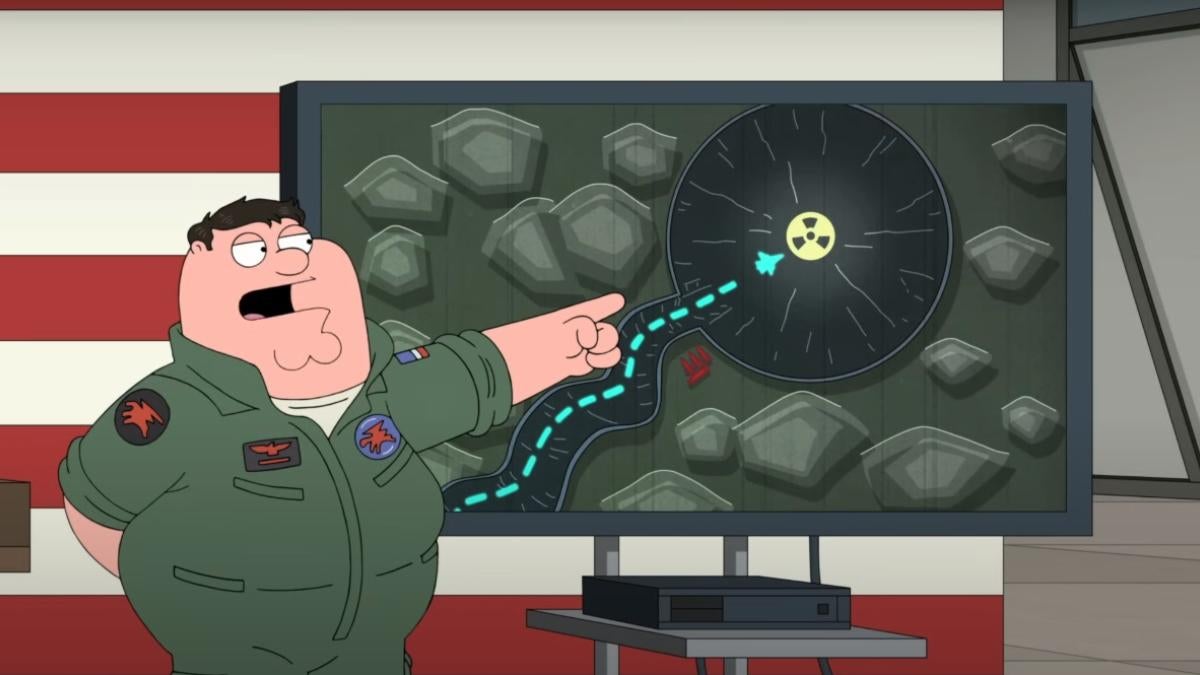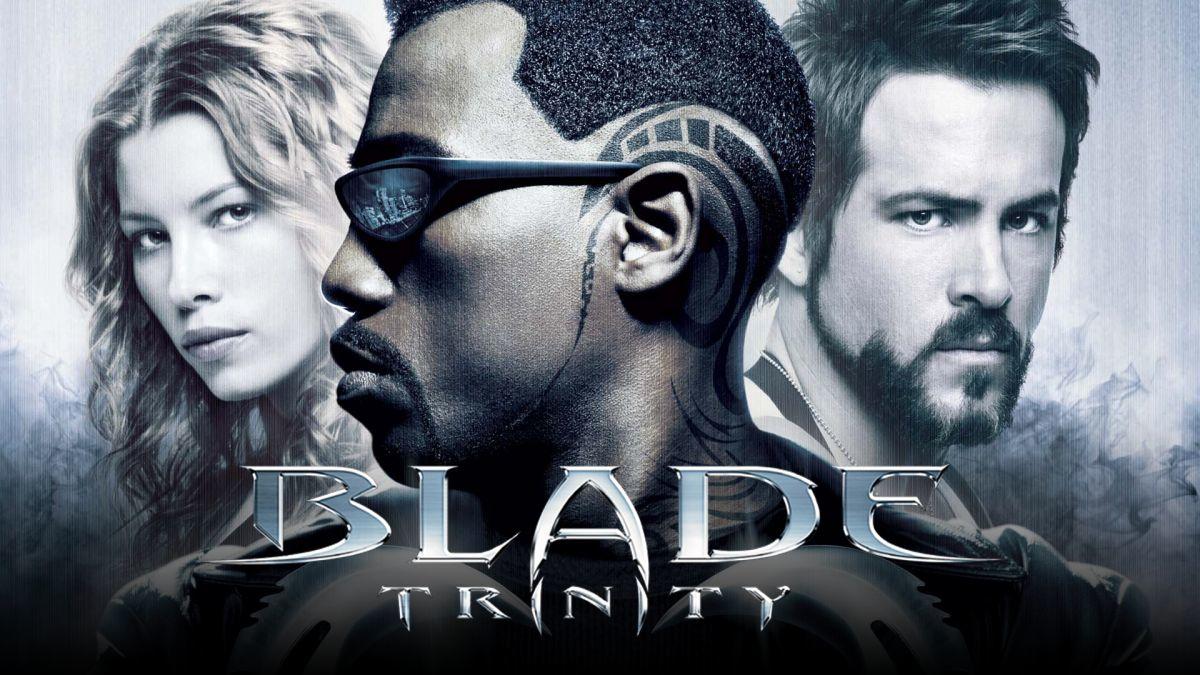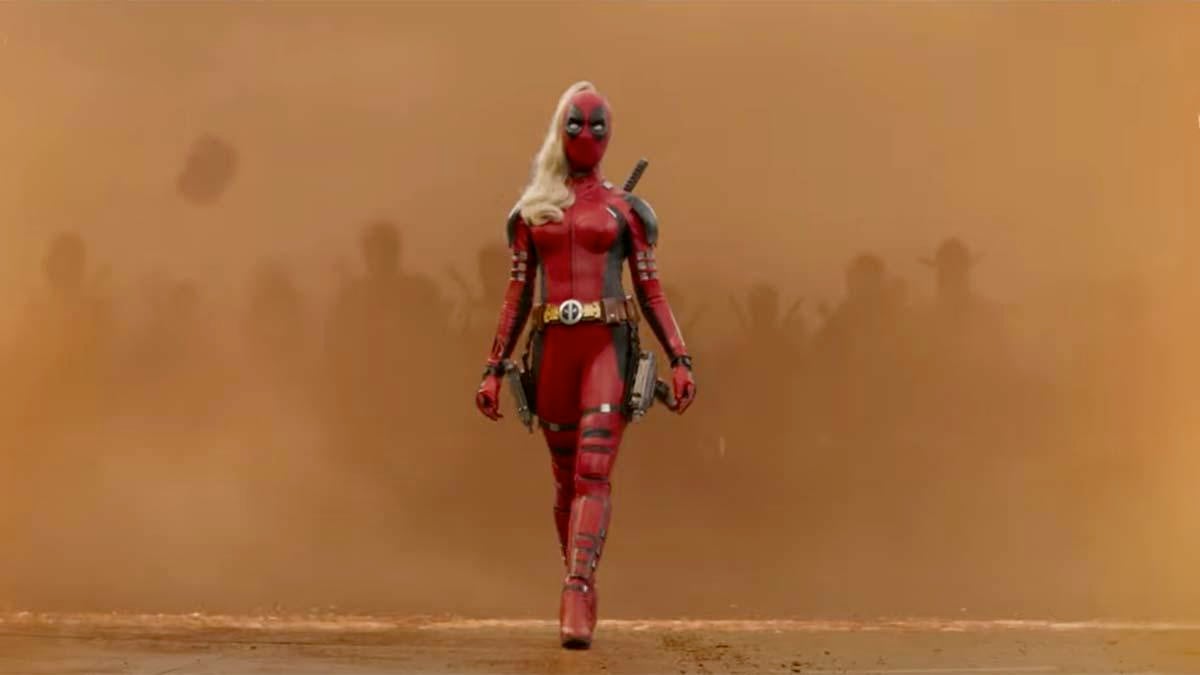Xenoblade Chronicles 3 Review: A Surprisingly Melancholic Tale With Plenty to Explore
Xenoblade Chronicles 3 is a bittersweet and tragic story framed by an oftentimes too-complicated game. The new Monolith Soft title, out July 29th for the Nintendo Switch, features all the same hallmarks as the past two Xenoblade Chronicles games. There are wide expansive open worlds to explore filled with monsters to fight and pillage, a beautiful story told over the course of many, many cutscenes, and a game system that has layers upon layers of knobs to turn and combinations to try out. The result is a mostly rewarding experience that only occasionally feels like a slog but is made up for by a strong cast of characters and a surprisingly deep storyline.
Xenoblade Chronicles 3 is set in the world of Aionios, which is dominated by two nations – Keves and Agnus. These two nations are at war with each other and use a combination of powerful mechs and specially engineered soldiers who live for exactly 10 years. Soldiers on both sides are assigned to a colony and keyed to a Flame Clock, which needs constant replenishment from the life force of fallen creatures. If a Flame Clock runs out, the entire colony dies. This strange system pits the rank and file against each other in constant life-and-death struggles, which leaves soldiers on both sides seeming rather depressed, cynical, or resigned to their fate.
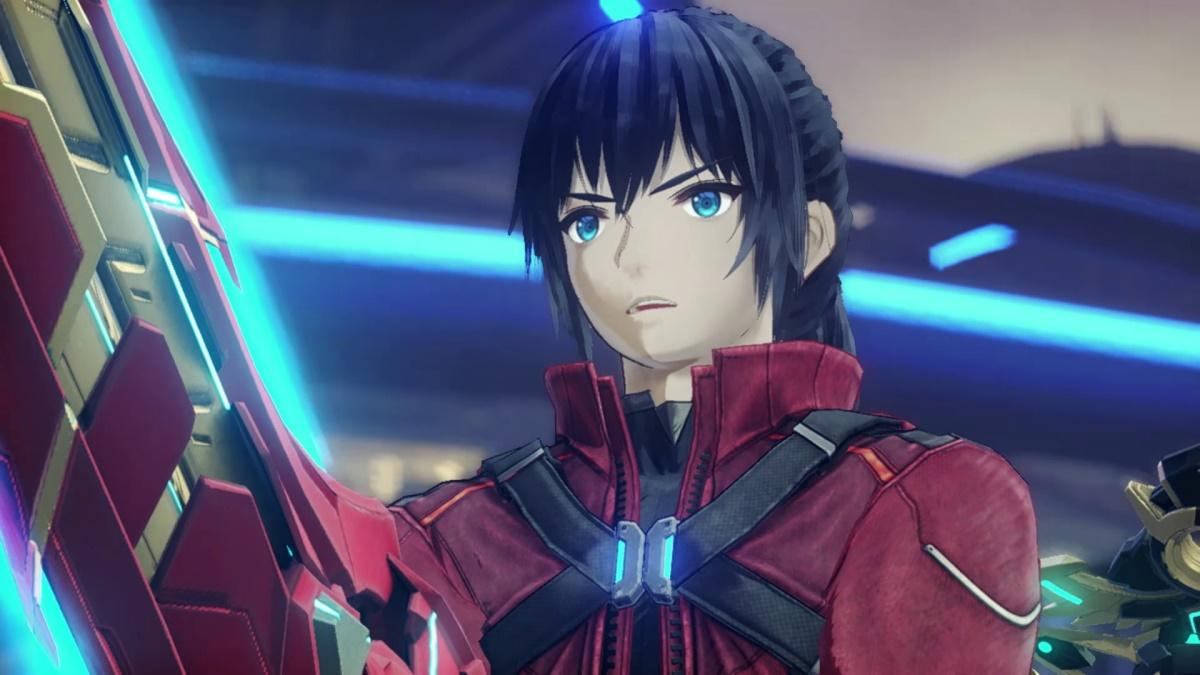
At the outset of the Xenoblade Chronicles 3, two Special Forces trios – Noah, Lanz, and Eunie from Keves and Mio, Sena, and Taion from Agnus – find themselves on opposite sides of the battlefield when they are turned into Ouroboros, beings who can combine into powerful forms via an Interlink system and more importantly are freed from the shackles of their Flame Clocks. The six protagonists are also flagged by Moebius, a strange organization that is seemingly behind the eternal conflict on their planet and also has the ability to transform into strange monsters with powers on par with the Ouroboros's merged forms. The central storyline follows the group of six as they travel across Aionios, trying to uncover the mysteries at the root of their world while also grappling with their own shortened mortality and the trauma of seeing so many friends and acquaintances die in a pointless war.
Gameplay in Xenoblade Chronicles 3 is similar to that in Xenoblade Chronicles and its sequel. Battles take place in real-time and feature a combination of auto-attacks and timed sequences. While basic attacks occur automatically whenever an enemy is in rage, players can also use Arts with the touch of a button that deal extra damage and often have other effects. Over time, players can also assign Master Arts, which can be used in special "Cancel Attack" combos if timed correctly. Cancel Attacks feel a little fiddly and are mostly a matter of timing, but they power up an Ouroboros Interlink's attacks and can also add to the Chain Attack, a separate system that involves each character hitting a foe in quick fashion and triggering more powerful attacks if they hit a certain threshold.
One improvement in Xenoblade Chronicles 3 is that characters can freely swap classes. Initially, players can swap between the six core classes, unlocking permanent skills and Master Arts once they reach a certain rank in each class. Over time, players can recruit Heroes with their own unique classes and abilities, and then switch the other characters' classes to that Hero's class. Usually, players will have to complete a side story mission to unlock a Hero, although others are unlocked over the course of the storyline. One thing that isn't explicitly said is that some characters are more suited to specific classes than others, as evidenced by a ranking system that appears in the Class Selection menu. You'll also want to be careful about when you switch classes – entering a boss fight without every Skill slot and Master Art equipped will immediately put you at a disadvantage.

For the most part, Xenoblade Chronicles 3 does a decent job of easing players into the frankly overcomplicated battle and character-building battle system. It takes hours to unlock every facet of the game system, which gives players time to learn one system before diving into the next one. Because the game does throw a lot at players, you may feel overwhelmed or that you missed something, only to discover that the game hasn't unlocked a specific aspect of a game system quite yet. Also, there were times when I questioned whether there was a point to some of the conjoined mechanics. The Master Skills, the skill trees, the accessories, and the gems are all systems that do similar things. I don't really get why every one of these character-equipping systems exists, especially when a character's class is meant to change every few hours when they hit that class's max rank. A lot of the supporting game mechanics seem to exist simply for the purpose of existing or because they were in a previous Xenoblade Chronicles game, and I didn't like that at all.
The world of Xenoblade Chronicles 3 is vast and expansive and filled to the brim with items and monsters. Players gain experience points whenever they discover a new location and early areas of the game deliberately have areas blocked by high-level monsters to encourage more exploration over time. There is a conundrum in that Xenoblade Chronicles 3 obviously wants you to explore every bit of the world but it also pushes you to keep on with the main storyline via a series of escalating stakes and twists, along with the fact that some of your party members have literal weeks left to live. There's no consequence to not exploring the world at a leisurely pace, but I'll admit that I often ignored the massive titan-shaped mountains and special monsters waiting to challenge me to get to the next story cutscene location.
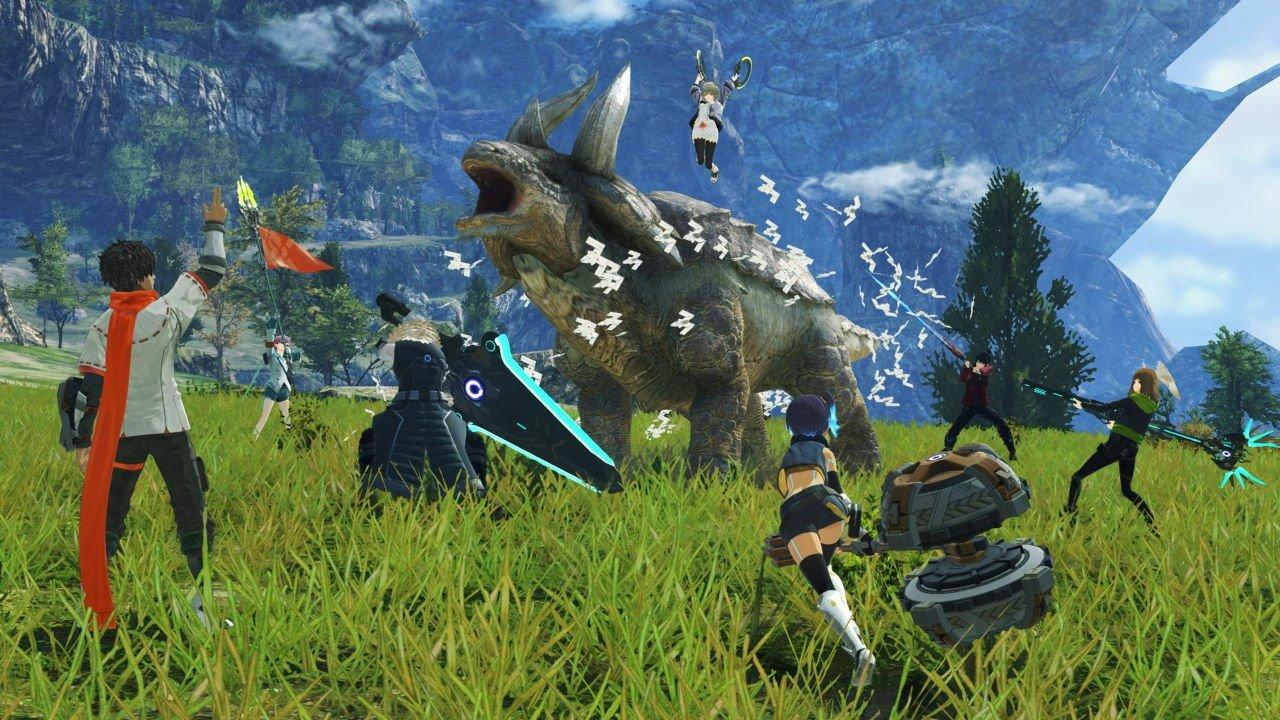
What really struck me about Xenoblade Chronicles 3 is just how melancholic the game feels. The core cast of characters are all burdened with a lot of trauma and they aren't particularly good at compartmentalizing it. The storyline also delights in making the characters continuously revisit their old wounds, so it's understandable that the cast is plucky optimists. Even though the cast travels with two brightly-colored Nopon who make quips at each other, discovering that their existence as child soldiers is ultimately pointless is a bit of a downer. It's a very compelling story, although it can be depressing at times. You'll come to care for the cast of Xenoblade Chronicles 3 and then you'll feel bummed when the storyline punches them in the gut with their past over and over again.
Ultimately, I enjoyed Xenoblade Chronicles 3 and felt that it scratched my itch of playing through a meaty game with a particularly good story. While I've joked while playing that Xenoblade Chronicles 3 was a great series of cutscenes with some fighting in between, the game gets away with its glut of cutaways because the story is quite good. Sure, people can see some of the twists coming from a mile away, but the core mystery is so intriguing and weird that you really want to keep playing to figure out just what the heck is going on. While I had some quibbles about the overly complicated game mechanics, Xenoblade Chronicles 3 is balanced enough to keep the fights challenging without needing to grind for levels or feeling like you're getting stuck in battle after battle without any resolution. This is a fun and rewarding game, and any fan of the JRPG genre should give it a shot.
Rating: 4 out of 5
Xenoblade Chronicles 3 comes out on the Nintendo Switch on July 29th. A review code was provided by the publisher for the purpose of this review, and it was played on a Nintendo Switch OLED.


